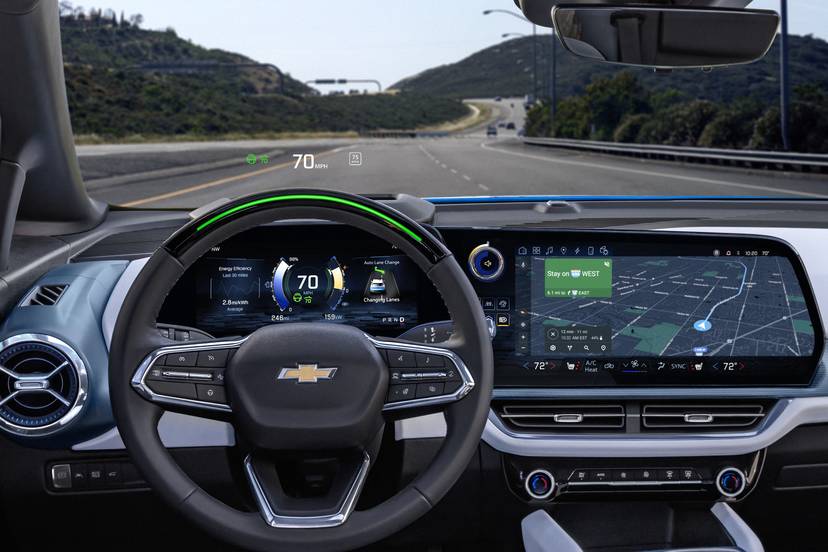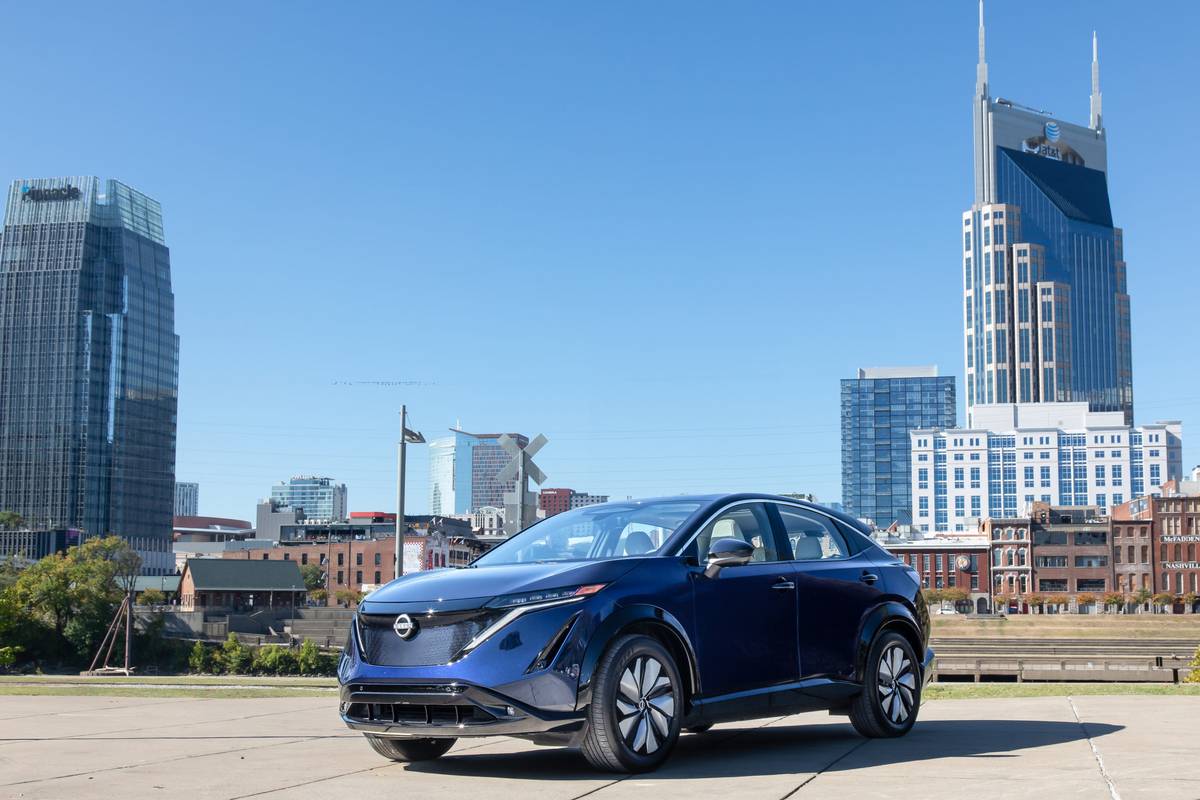
The verdict: After delays, and more delays, the 2023 Nissan Ariya is finally here with decent range, comfortable space and accessible tech. It’s worth the wait.
Against the competition: The Ariya’s modern, classy cabin, easy controls and high-tech driver assistance features are big wins, but standard range is on the low side. Also, those interested in the all-wheel-drive variant will have to wait until the spring of 2023.
The Ariya is Nissan’s second all-electric vehicle after the Leaf, which debuted for model-year 2011. The Ariya is about the size of Nissan’s popular Rogue compact SUV but has a much different style. Its short hood, long sloping roofline and sharply creased body bring some visual drama, as do its diagonal headlights and giant face. It makes for a good look style-wise but hurts in terms of practicality: Its roofline, thick C-pillars and protruding rearview camera make it hard to see out of the back window.
The Ariya competes in a rapidly expanding compact EV space against the likes of the Chevrolet Bolt EUV, Ford Mustang Mach-E and Volkswagen ID.4; see those vehicles compared.
Related: Electric Vehicles: Understanding the Terminology
Power, Range and Charging Time
One of the signs of a successful EV is that it doesn’t feel weird, which the Ariya accomplishes by driving like a normal compact SUV. It’s biased toward comfort in terms of ride and handling and overall feels planted, composed and stable. Highlights include a cushy ride and a quiet cabin well isolated from road and wind noise. It won’t win any handling awards, but nicely weighted, natural-feeling steering and good maneuverability help.
Where it most obviously differs from a traditional compact SUV is in power. If you’re comparing the Ariya to something like the Rogue, it’ll feel super quick from a stop thanks to near-instant electric torque. Compared with other EVs, however, the Ariya can feel a bit pokey, especially in Eco mode, which is most conservative in terms of power. It’s adequately peppy off the line and has a strong midrange, but it lacks the briskness of some other EVs.
In braking, however, it stands above others. The Ariya’s regenerative brakes have a natural feel, unlike the dull, nonlinear response felt in some other EVs, such as the Mustang Mach-E. I quickly acclimated to them; by the end of the drive, they felt like regular brakes. The Ariya lacks a true one-pedal driving mode, however, which is odd because the Leaf was a pioneer of one-pedal braking and many rivals have true one-pedal operation. A push of a console-area button engages the most aggressive regenerative braking, which allows the car to brake when you remove your foot from the accelerator for maximum energy recapture. Unlike the Leaf’s system, as well as some other EV’s systems such as the Bolt EUV, the Ariya’s doesn’t quite work down to a stop — there’s still a little bit of creep that requires a tap of the brake pedal.
The Ariya comes in a dizzying array of trims with front-wheel drive or AWD and two types of batteries: a standard-range battery with 63 kilowatt-hours of usable energy or a long-range battery with 87 kWh of usable energy.
I tested the Empower Plus trim with front-wheel drive and the 87-kWh battery; it’s good for 238 system horsepower. AWD versions, which use a dual-motor setup, will be more powerful with 389 hp, but those are delayed arriving to dealers until early 2023.
We cannot generate a video preview.
EPA-certified driving ranges are pending confirmation as of this writing, but Nissan estimates the long-range battery is good for 304 miles of max range in FWD models and 270 miles with AWD. But the standard battery delivers much less: It’s good for 216 miles with FWD; AWD drops that to 205 miles, which is on the low side versus rivals. The Mustang Mach-E has EPA-estimated range of 247 to 314 miles, depending on battery size and trim; the ID.4 gets a manufacturer-estimated range of between 208 and 275 miles, depending on equipment; and the Bolt EUV has 247 miles of max range.
Using the EPA’s mpg-equivalent rating, Nissan estimates the Ariya gets between 98-101 combined mpg-e, slightly less than competitors that range from 103 to 115 mpg-e.
Nissan says long-range models can be charged from 20% to 80% in 40 minutes via a quick charger at a rate of 130 kilowatts. Of note: The Ariya’s DC fast-charging port uses the combined charging system connector, which is becoming the standard setup at public fast-charging stations and is different from the Leaf’s CHAdeMO-style unit. For Level 2 charging, models can be charged from 0% to 100% via the 7.2-kW onboard charger in roughly 10-14 hours, depending on trim.
Cabin and Controls
Inside, Nissan managed to give the cabin personality without going overboard. The cabin strikes a modern, clean and open vibe. Highlights include a minimalist control aesthetic, loads of front headroom and legroom, some neat ambient lighting and a couple of unusual features.
A pair of big 12.3 inch screens — an instrument panel and touchscreen for the infotainment system — take center stage. They’re both programmable and customizable, allowing the driver to prioritize which info is prominently displayed. The infotainment system’s menus are logically set up for quick access and use, and the screen itself is responsive. It’s also compatible with Amazon Alexa, and wireless Apple CarPlay is standard; as with some other vehicles, however, us Android Auto users must make do with a wired connection.
The physical controls situation is varied. There’s a large volume dial under the screen next to a station-tuning toggle switch. The climate controls under the screen are touch-sensitive panels, which are usually hit or miss, and Nissan did a nice job overall. Once touched, they provide a bit of tactile feedback as well as a thunking sound that indicates the control was selected. There are more touch-sensitive panels on the center console for things such as the drive mode selector; I liked these less because they required multiple stabs to engage.
A few features help the cabin stand out. A standard power-sliding center console can motor forward or backward depending on your desired position. Powering it all the way back opens up a giant open space ahead of and between the seats; this contributes to the cabin’s open feeling and is great for storing a large bag.
There’s also a small storage bin and tray that extends from the dashboard with the push of a button. Nissan says it can be used as a workspace, but it would only work for something like a small tablet or an order of french fries.
In the back, legroom is generous and there’s an extra lower Latch anchor in the middle seat, making it more flexible for car seat installation. While at 5-feet, 6 inches I fit fine in the back, taller passengers might need more headroom because of the sloping roofline.
Nissan says the Ariya can hold 22.8 cubic feet of cargo space behind its rear seats, or up to 59.7 cubic feet with those seats folded down — a little more than the Bolt EUV and a little less than the ID.4 and Mustang Mach-E, according to automaker-provided specifications. The Ariya’s cargo opening is wide and the space generous; there’s also a bit of underfloor storage for management of smaller items. There’s no front trunk (frunk), however; a small but helpful storage space that some other EVs have, such as the Mustnag Mach-E.
Safety and Driver Assistance Features
All versions of the Ariya come with standard features such as Nissan’s Safety Shield 360 suite of safety systems. Nissan is debuting its ProPilot Park system on the Ariya that can automatically park the vehicle in both perpendicular and parallel spots. Also new and debuting on the Ariya is Nissan’s updated ProPilot Assist technology. The available driver assistance system allows for hands-off, eyes-on driving on mapped highways. It uses a variety of radar, cameras and sensors to guide the car and will even make lane changes.
I found it to be a capable system, similar to GM’s SuperCruise, but a couple of differences stand out, specifically related to when hands are required. When the system senses it’s in a construction zone, it requires hands on the wheel; GM’s system just alerts you to the construction without requiring hands on. Similarly, ProPilot Assist will suggest lane changes for passing or when exiting the highway using the guided navigation feature, but it also requires hands on for the actual lane change — another departure from GM’s system, which will change lanes hands free.
More From Cars.com:
- Up Close With the 2023 Nissan Ariya: Airier Interior Shows Promise
- 2023 Nissan Ariya EV Priced From $47,125 for Estimated 300-Mile Range
- What Does the EV Tax Credit Overhaul Mean for Car Shoppers?
- Research the Nissan Ariya
Value and Tax Credit Status
The 2023 Nissan Ariya starts at around $44,000 (all prices include destination) for the base Engage trim with the standard battery and FWD; that model with AWD starts at around $48,000. Variants with the long-range battery and FWD start at around $48,000; AWD bumps that to around $52,000. The Ariya lineup tops out at $61,485 for the highest trim with the long-range battery and AWD. FWD versions of the Ariya go on sale later in the fall; Nissan said AWD models have been delayed until the spring of 2023.
The 2023 Ford Mustang Mach-E starts around $48,000 after orders closed for 2022 models and Ford raised prices for model-year 2023. The 2023 VW ID.4 starts lower at around $39,000, and the Chevrolet Bolt EUV is a bargain after the brand’s price cuts lowered it to $28,425.
Note that it’s unlikely the Ariya will be eligible for any federal tax incentives in the short term after the Inflation Reduction Act of 2022’s recent overhaul of EV tax credit rules. Effective immediately is a requirement that vehicles be assembled in North America to be eligible for the credit; most currently are not, including the Ariya, which is made in Japan.
With an appealing cabin, solid road manners and loads of tech, the Ariya is good, but it could be better — range is on the low side and cost is on the high side. Nissan was an EV pioneer with the Leaf, so it’s no surprise the Ariya is good. What is surprising is that it took the automaker so long to launch its first all-electric SUV.
Cars.com’s Editorial department is your source for automotive news and reviews. In line with Cars.com’s long-standing ethics policy, editors and reviewers don’t accept gifts or free trips from automakers. The Editorial department is independent of Cars.com’s advertising, sales and sponsored content departments.

































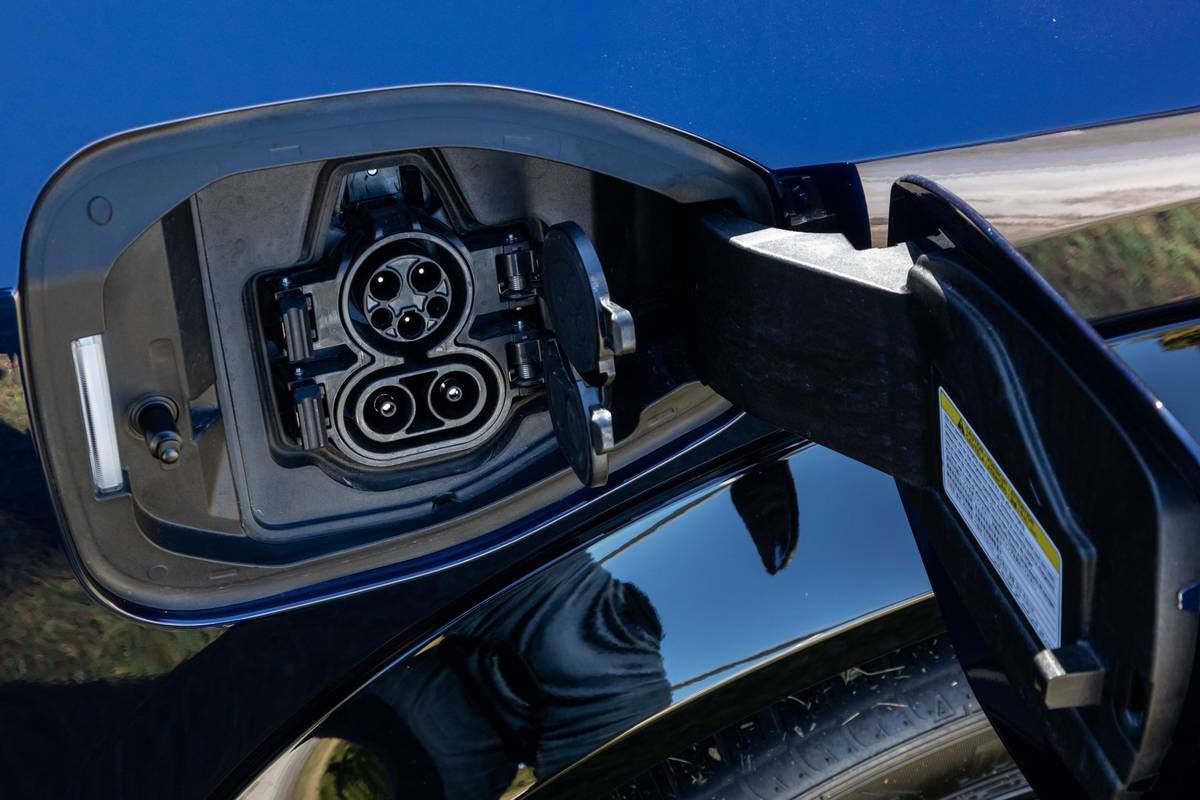



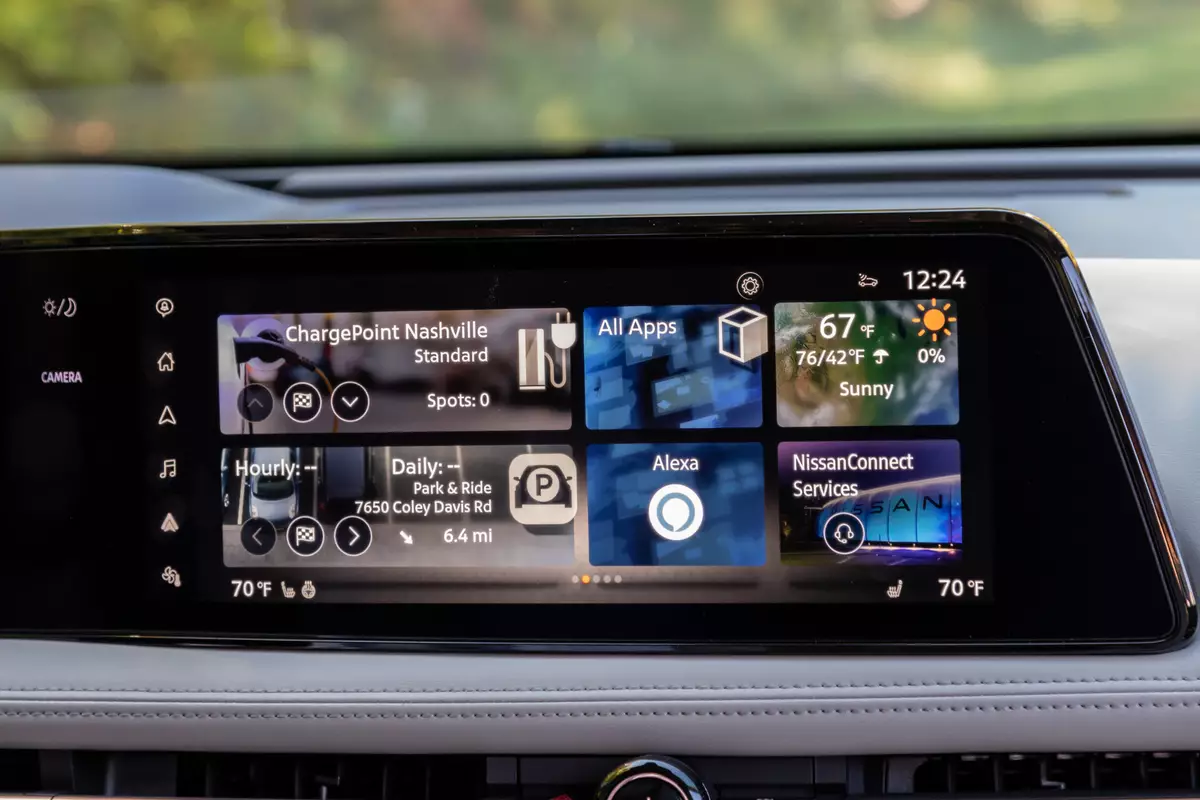
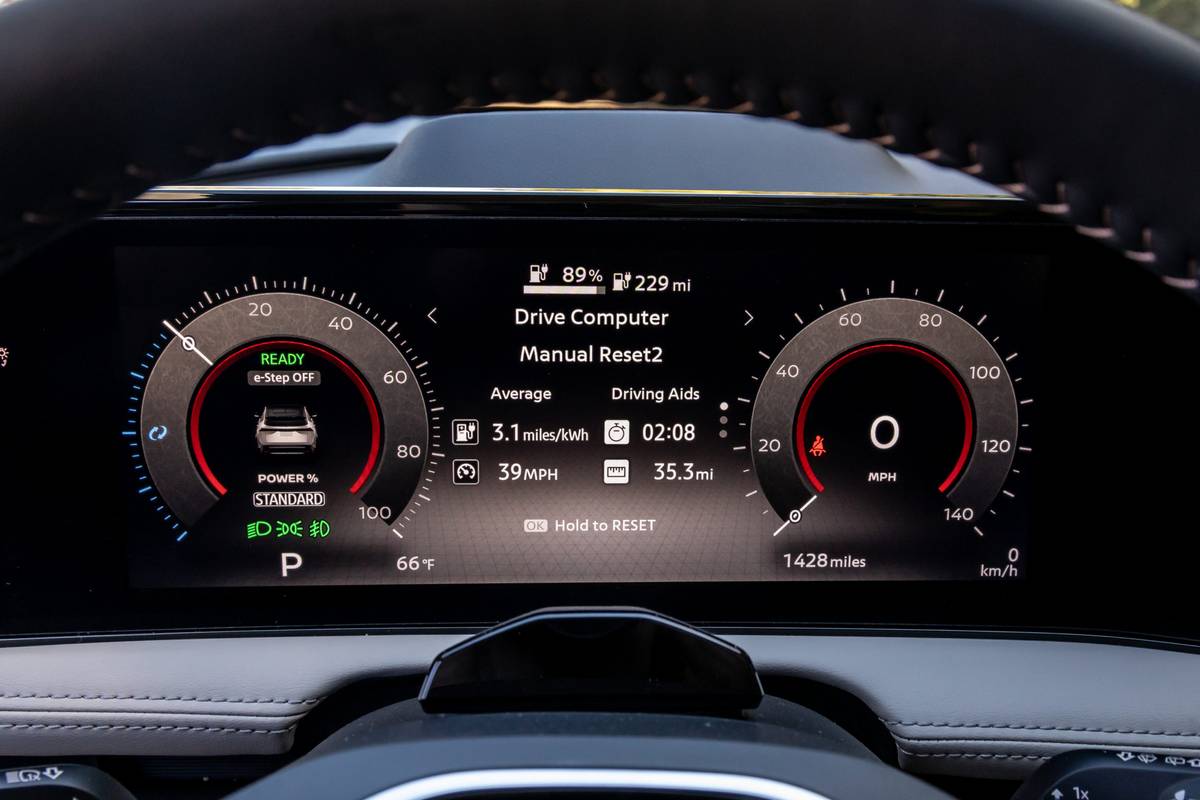
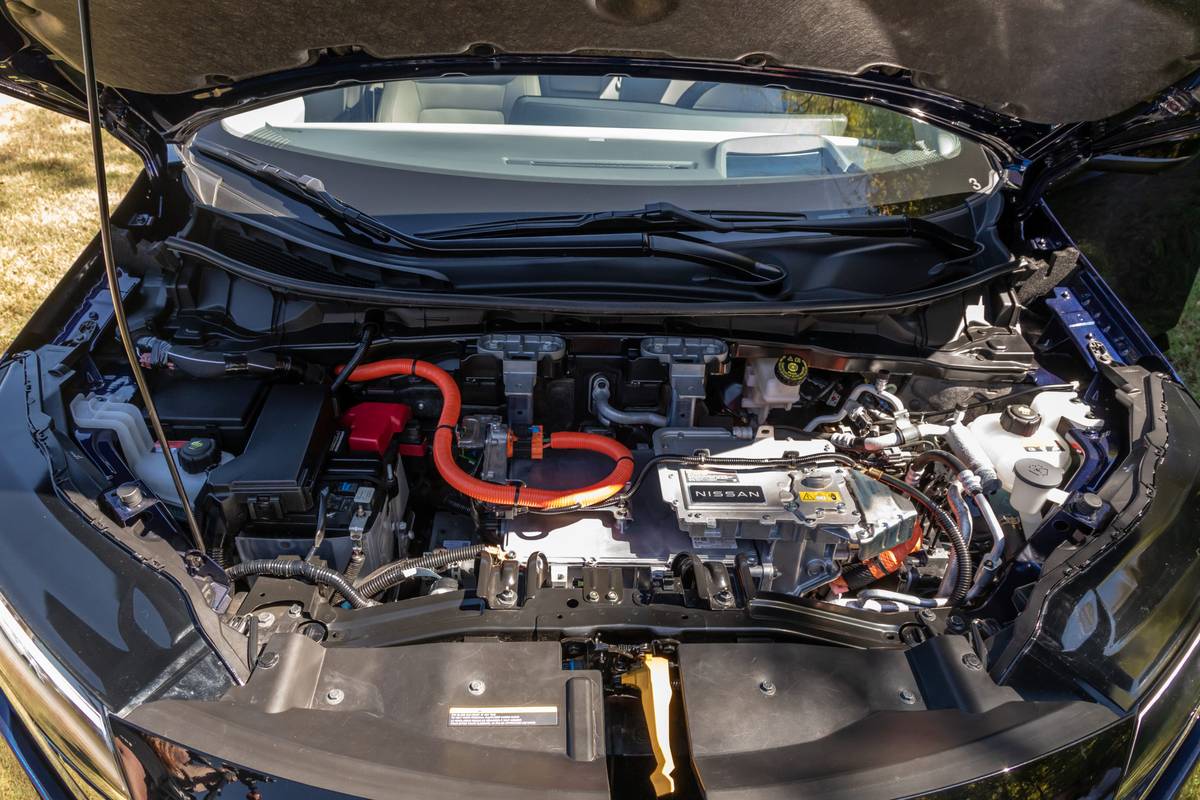
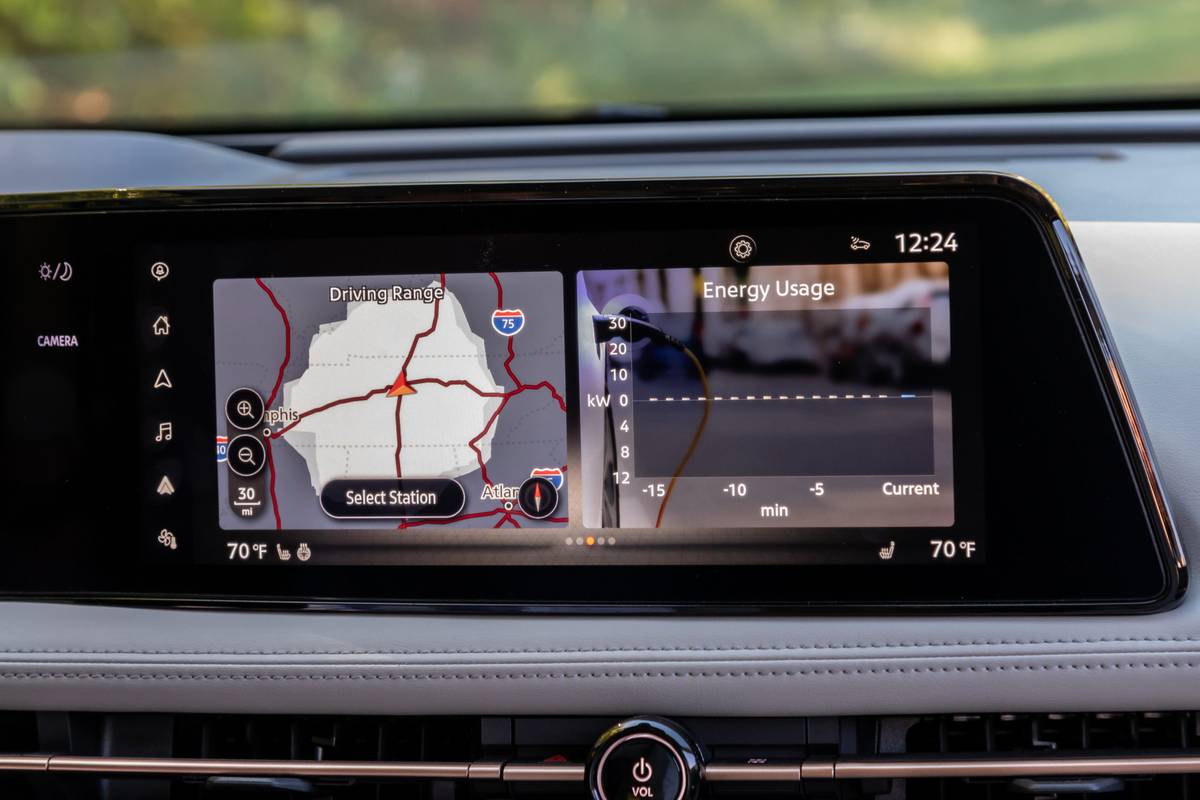
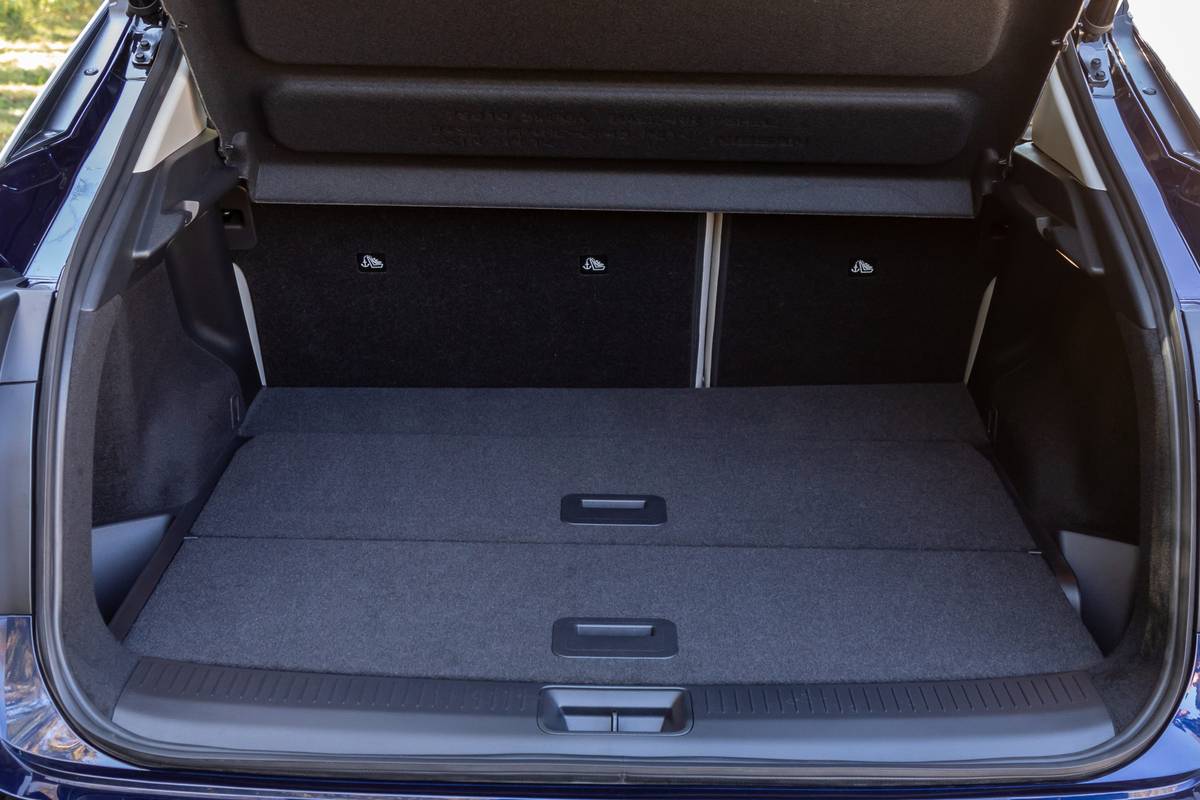
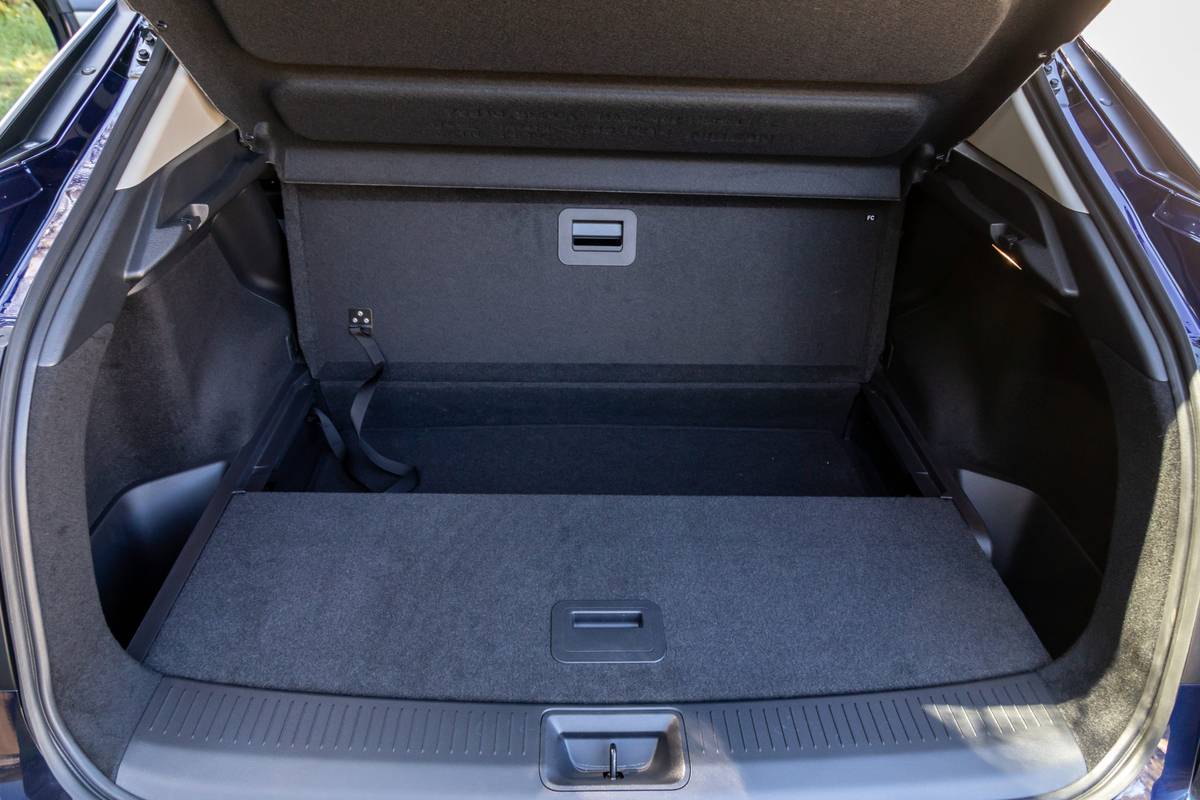


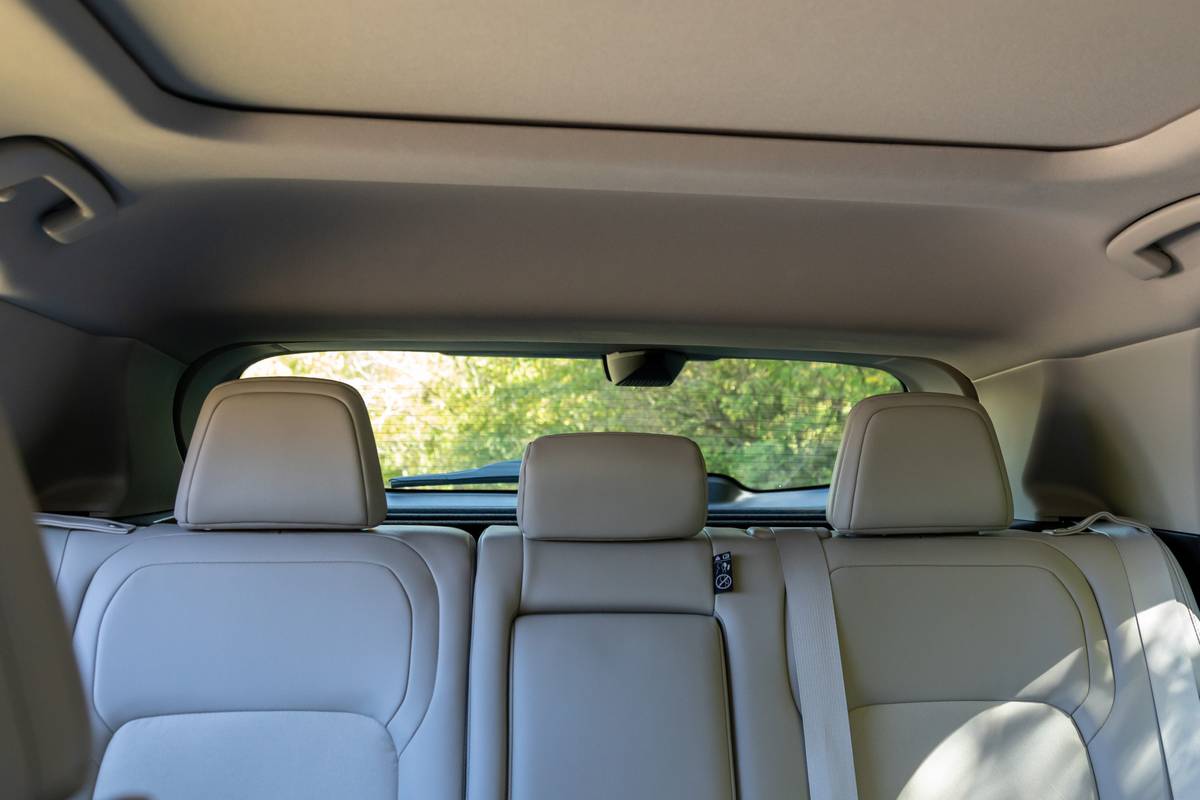
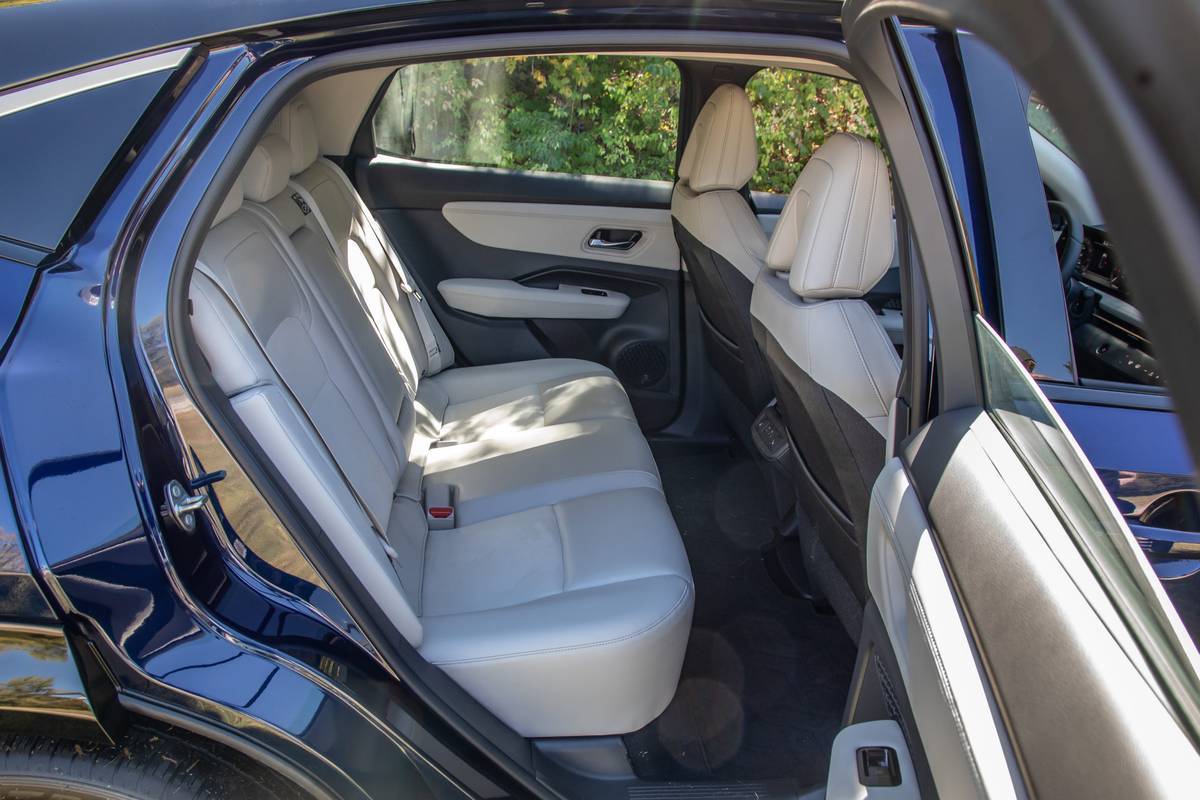



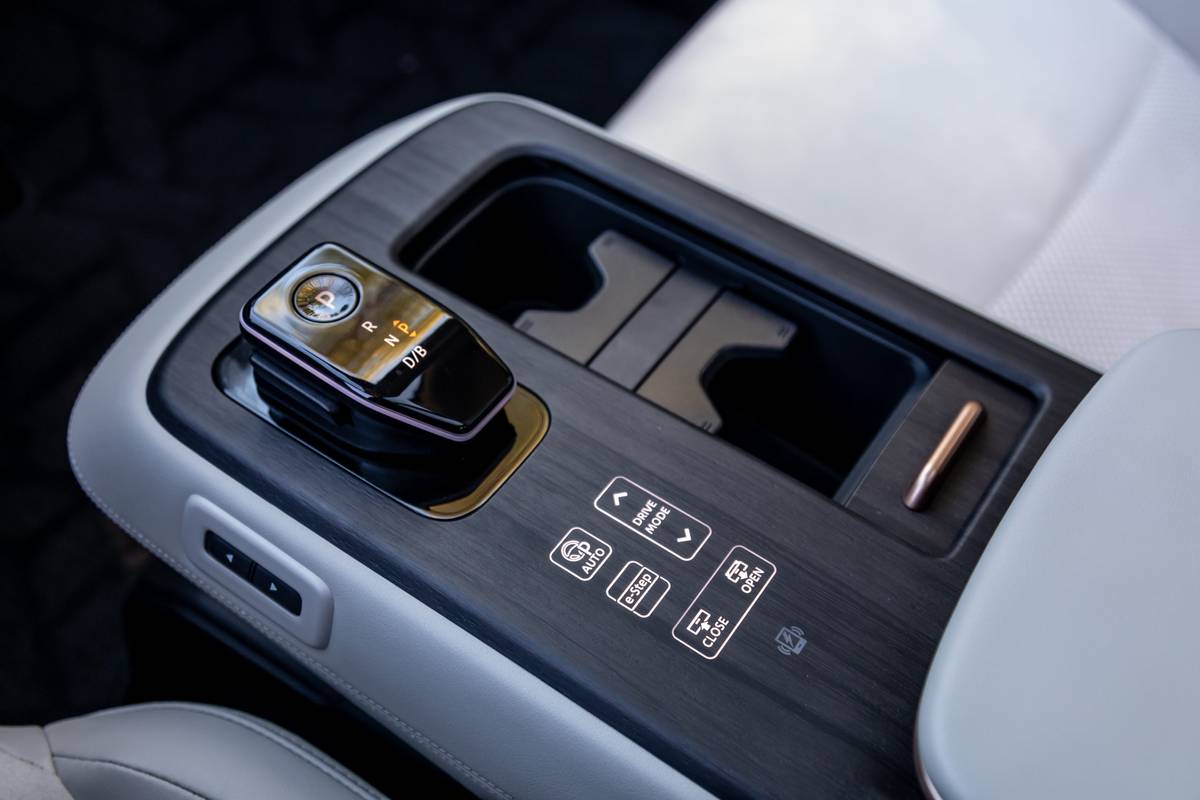
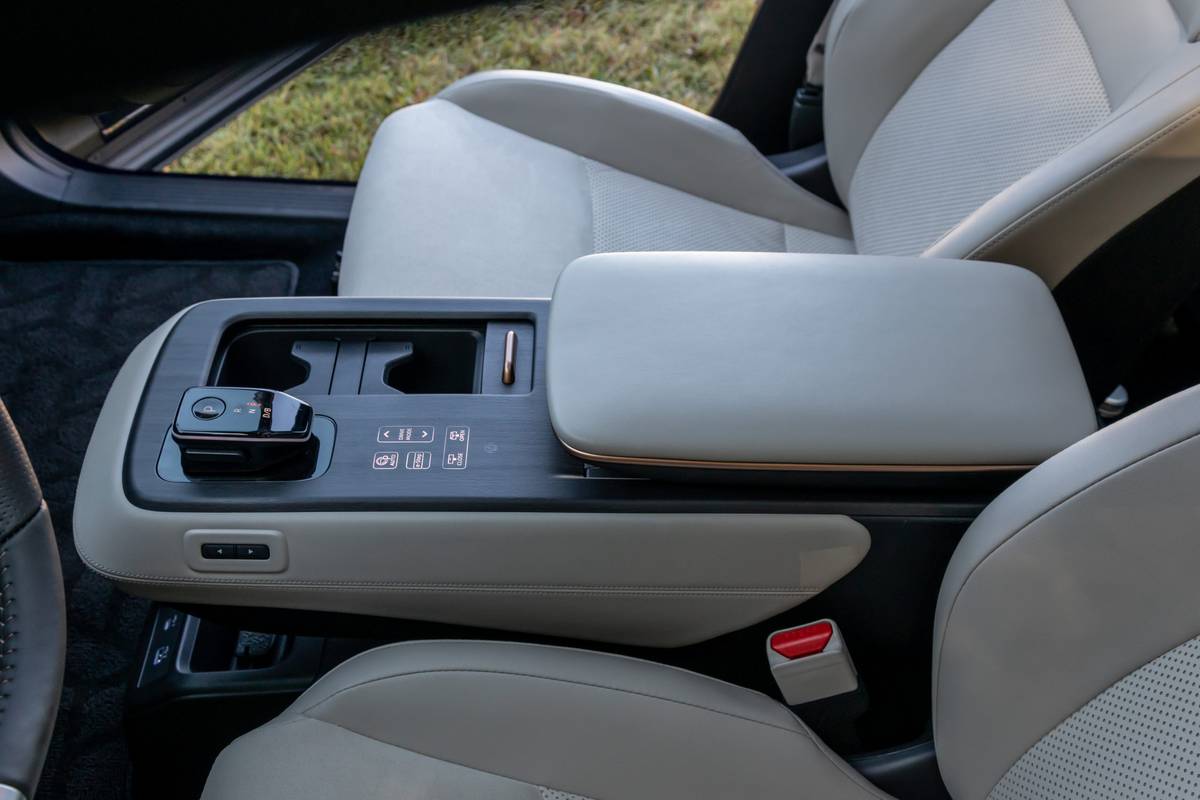
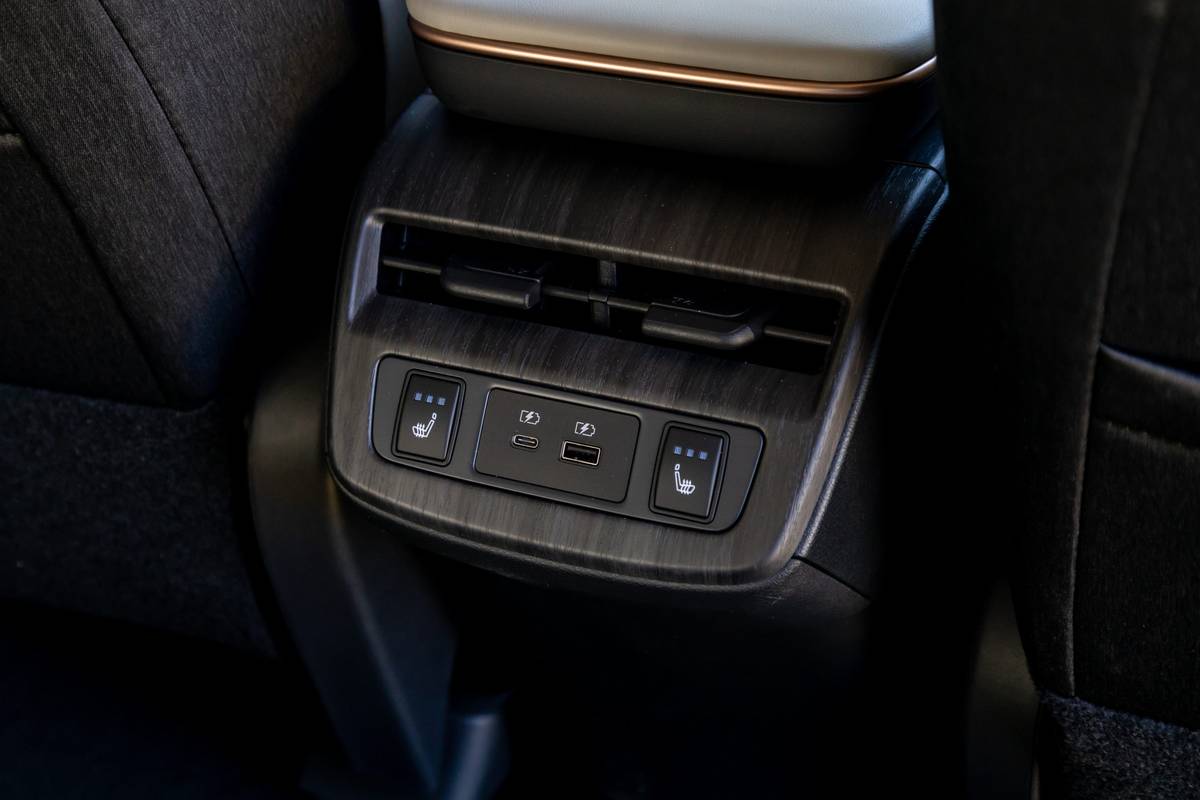
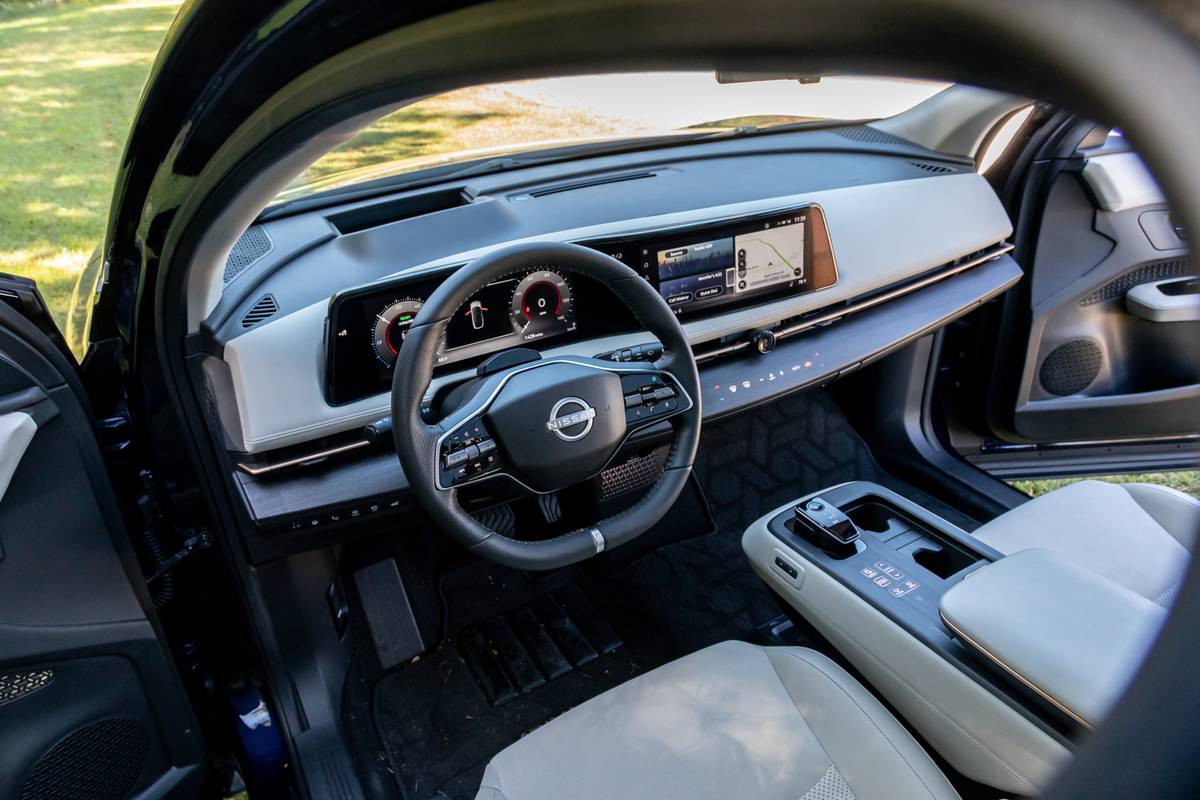

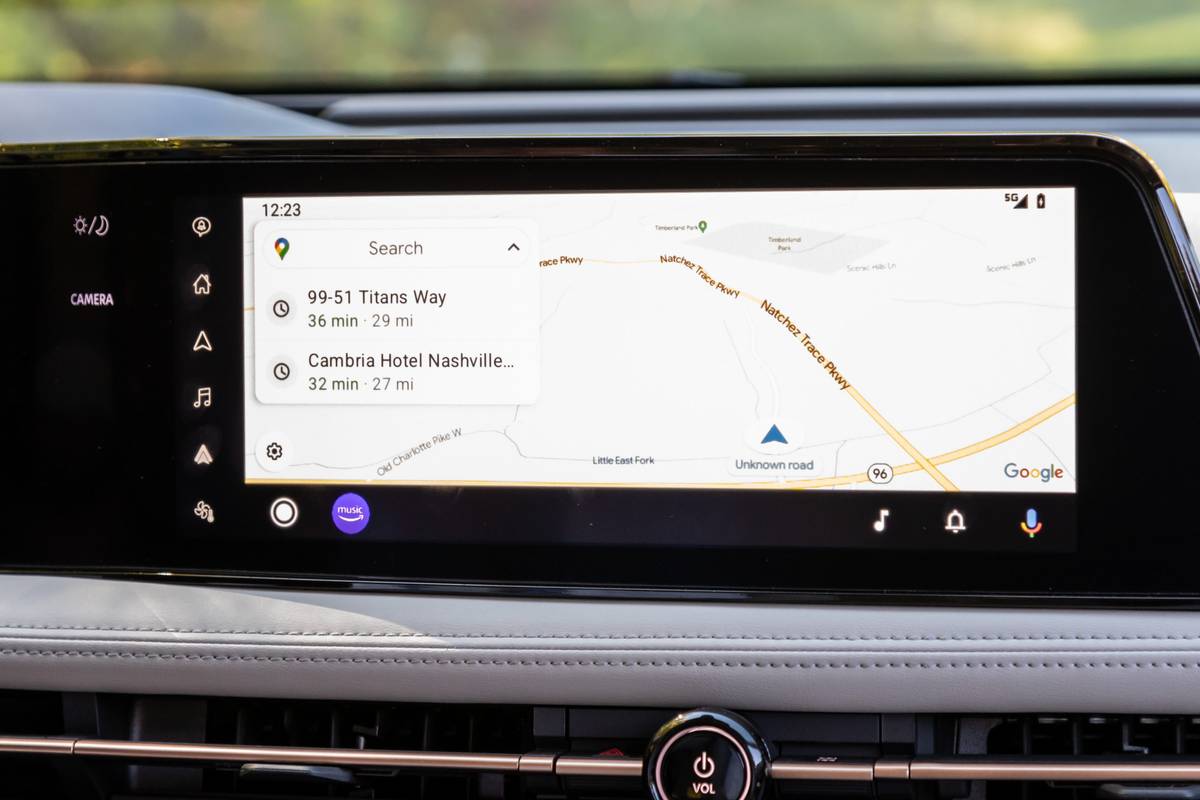
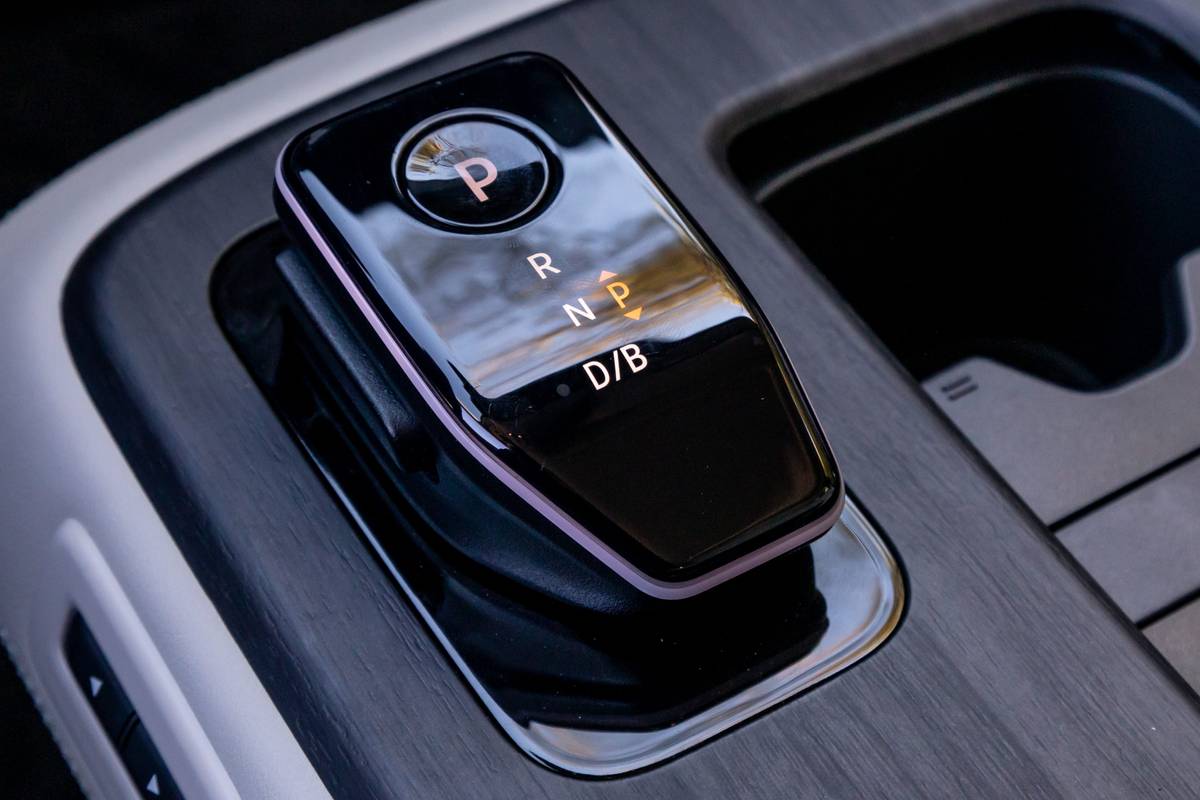
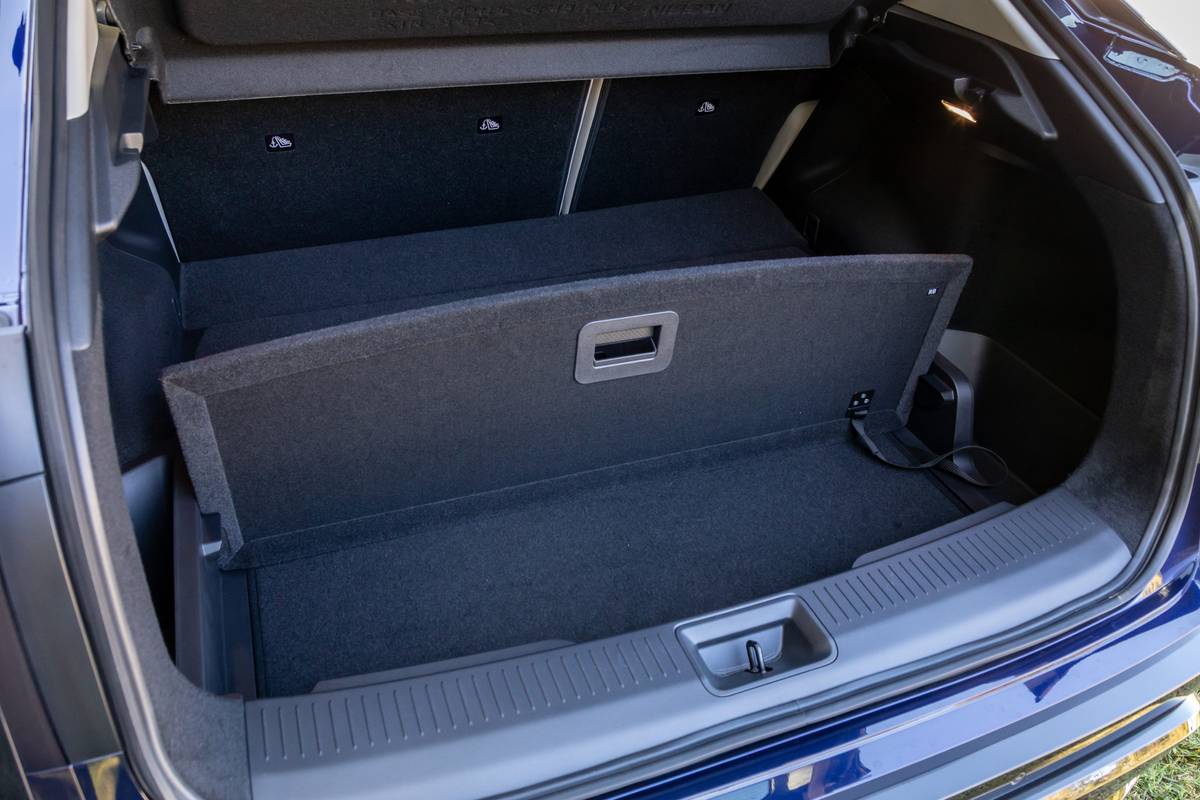
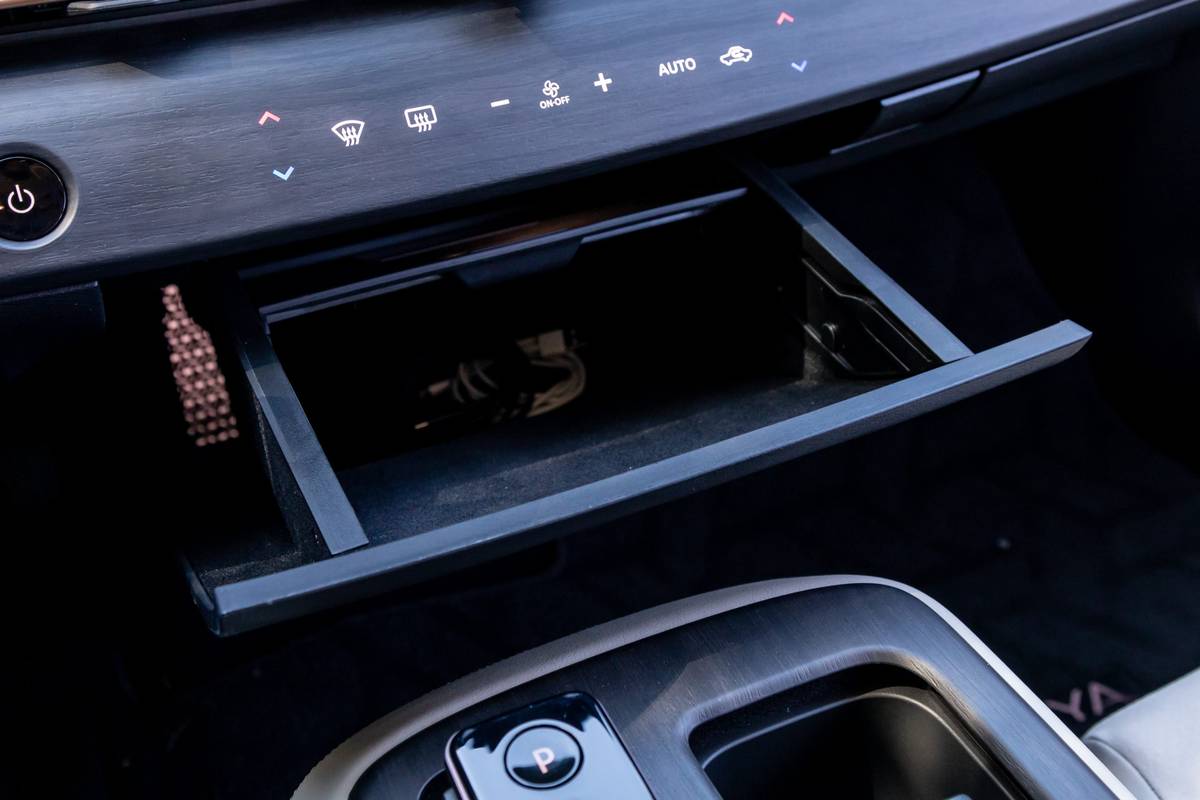
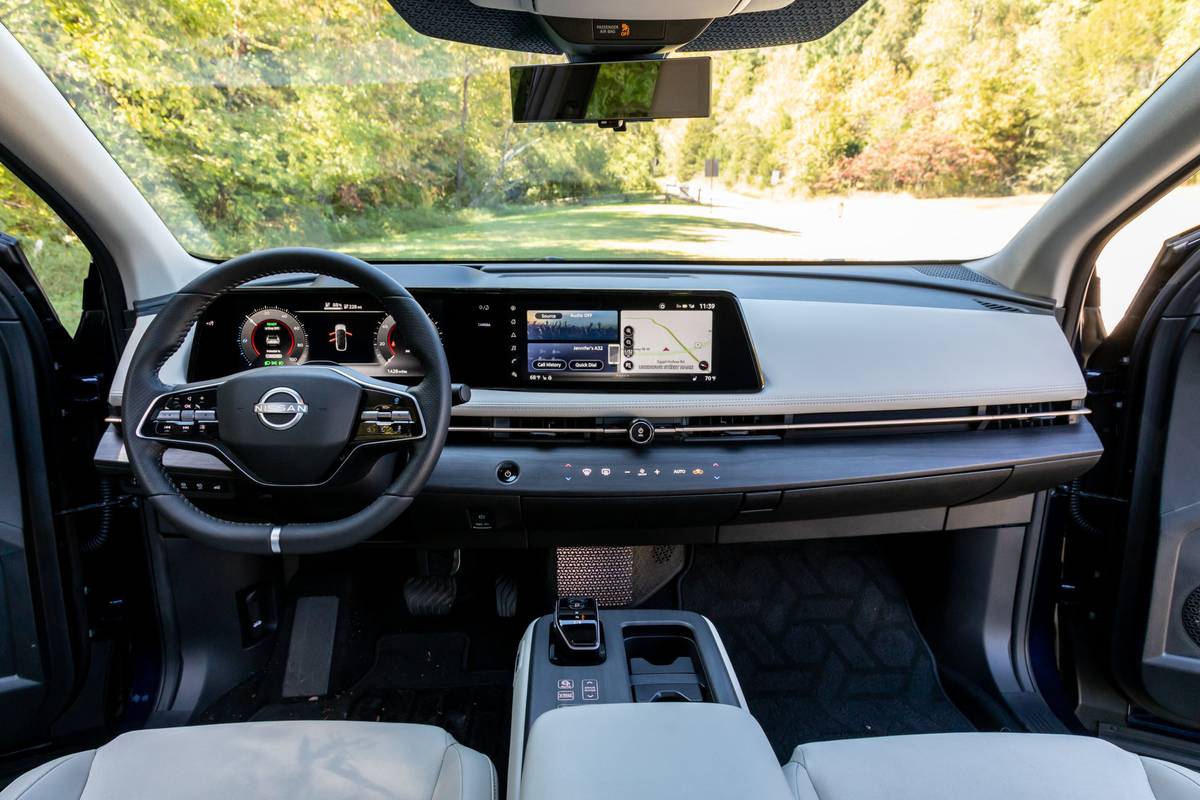
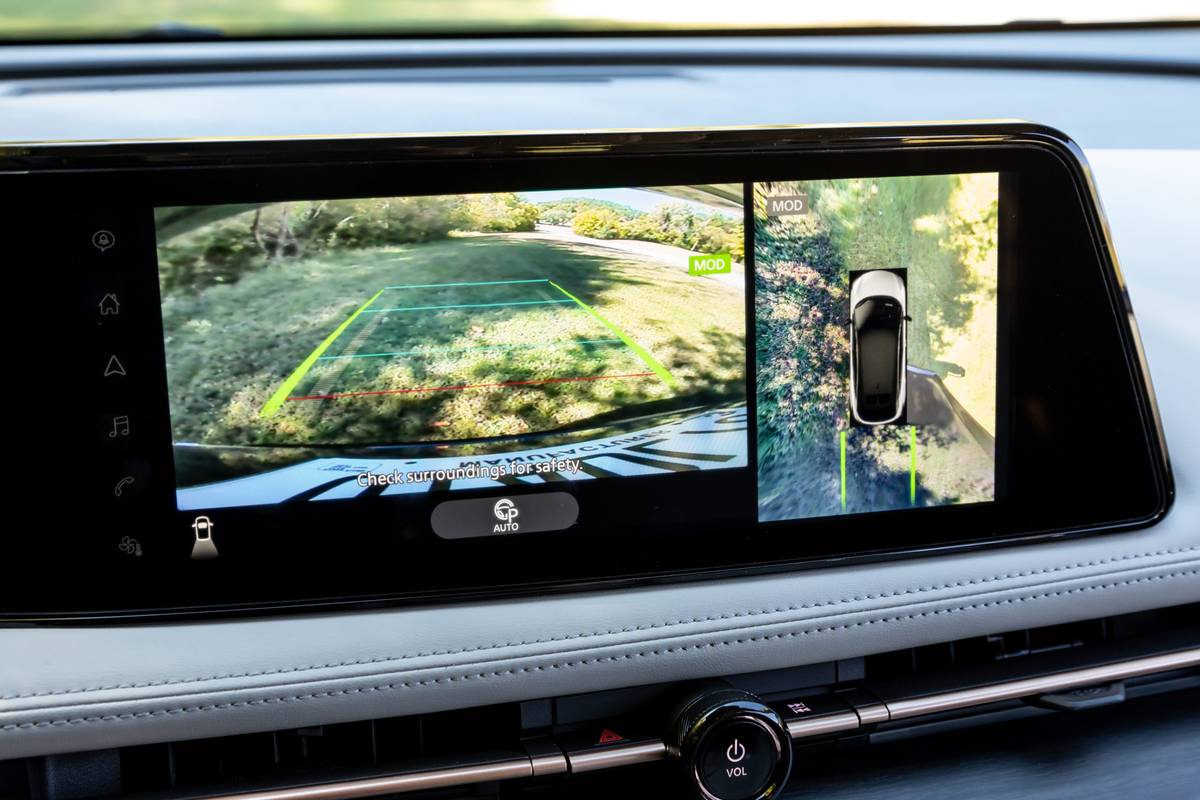

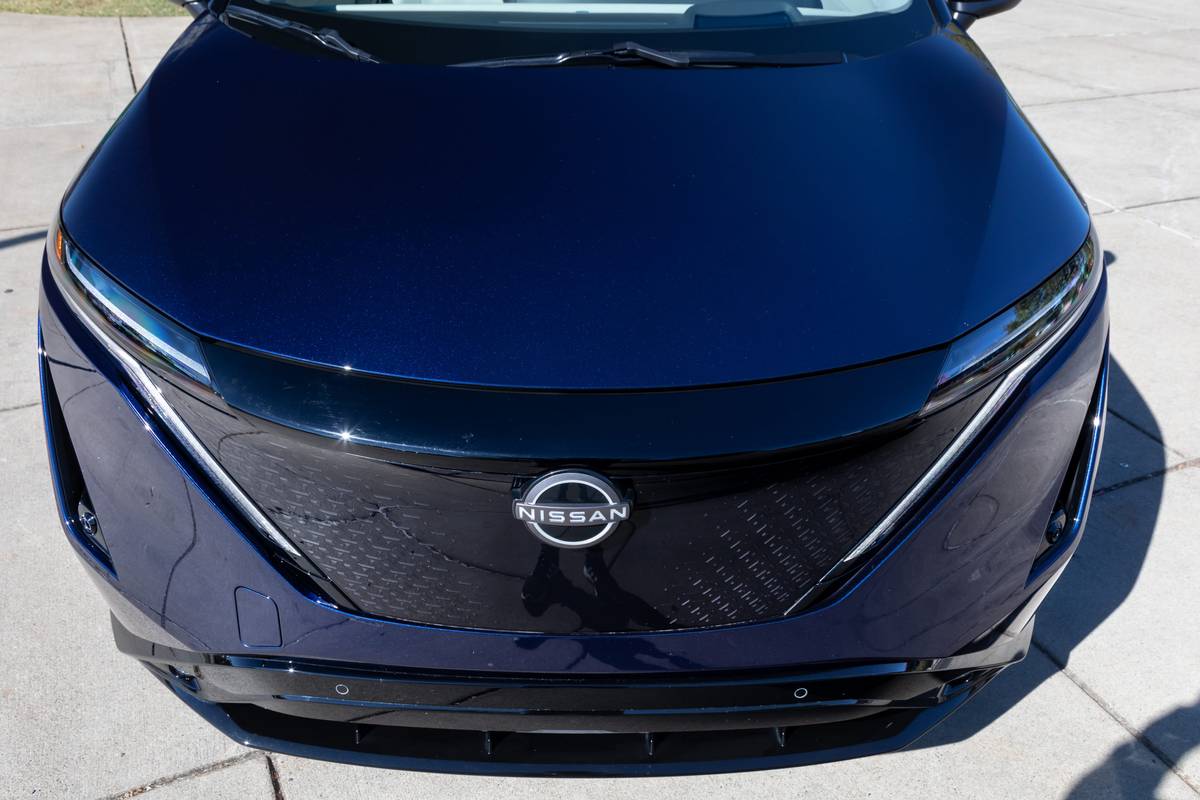

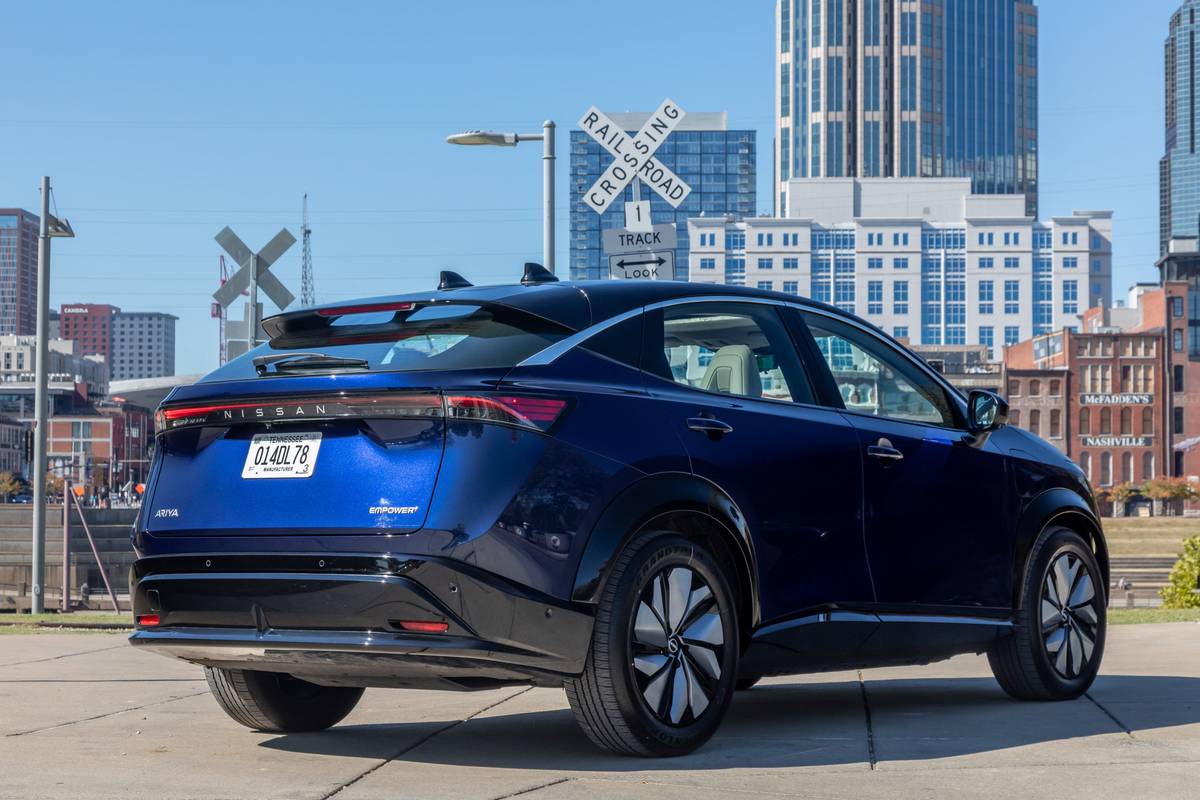
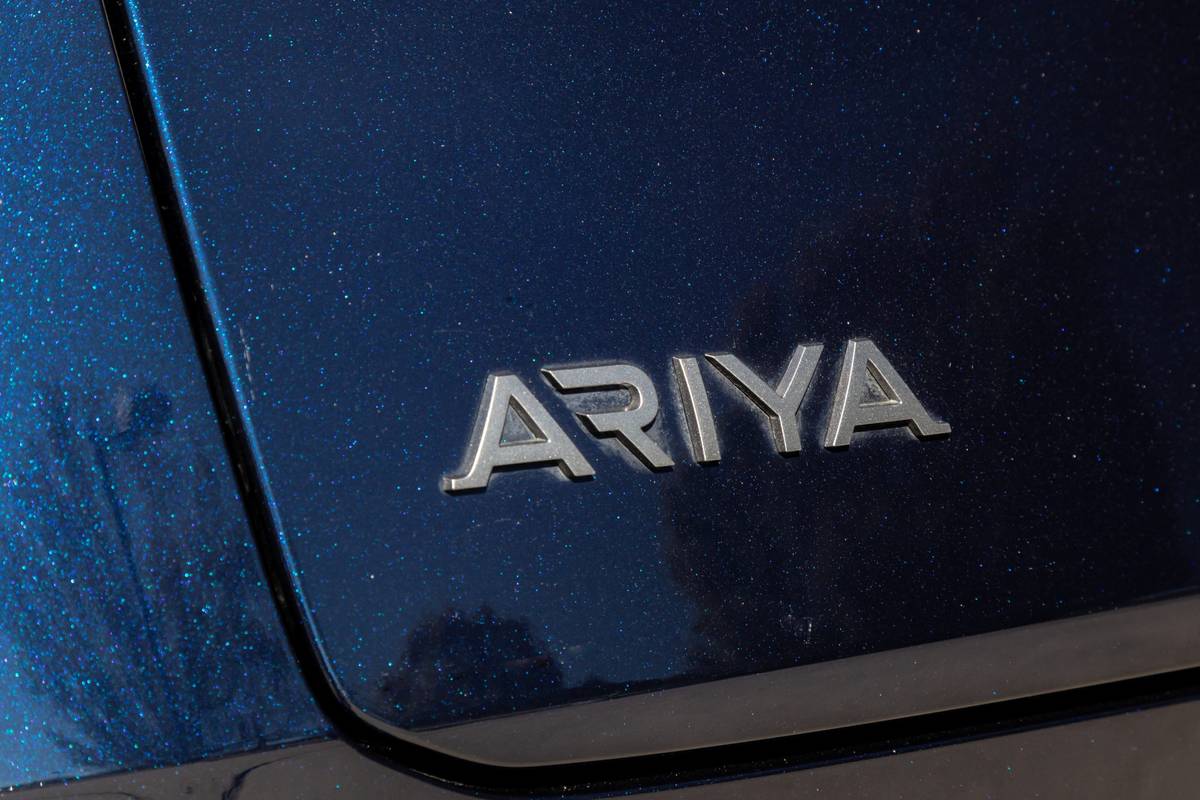
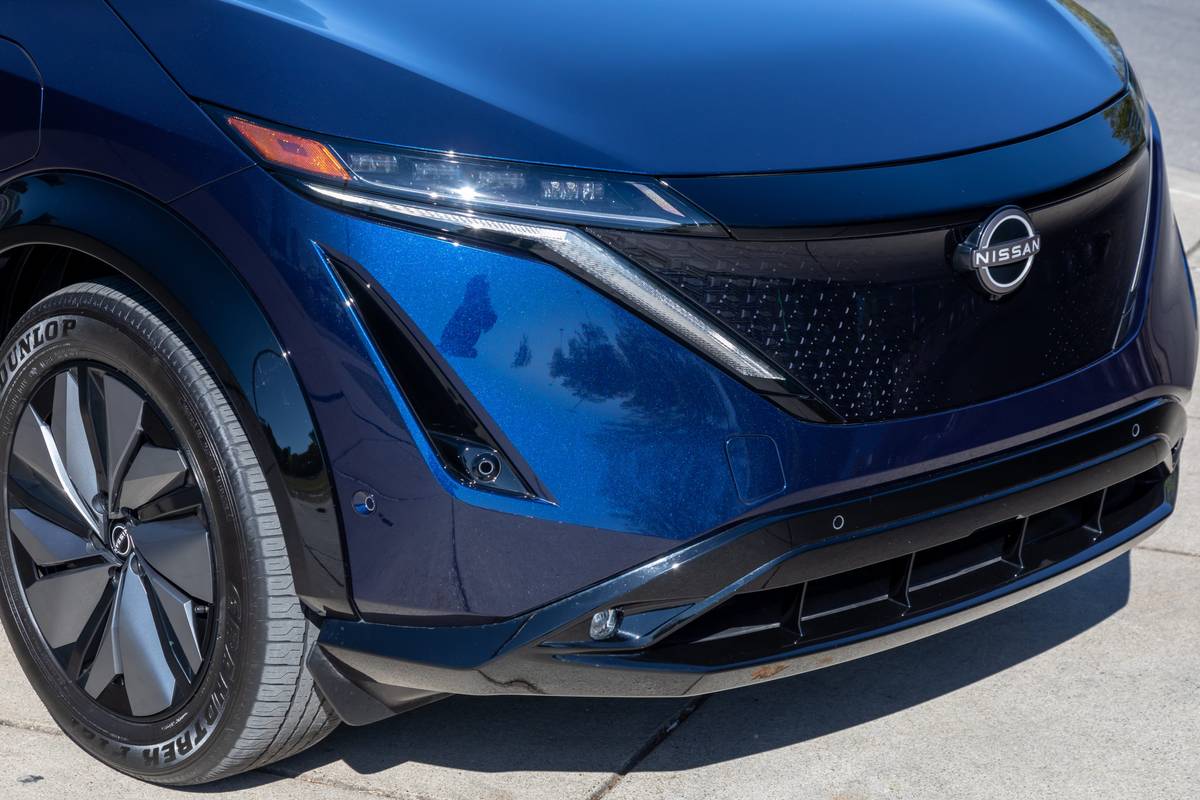
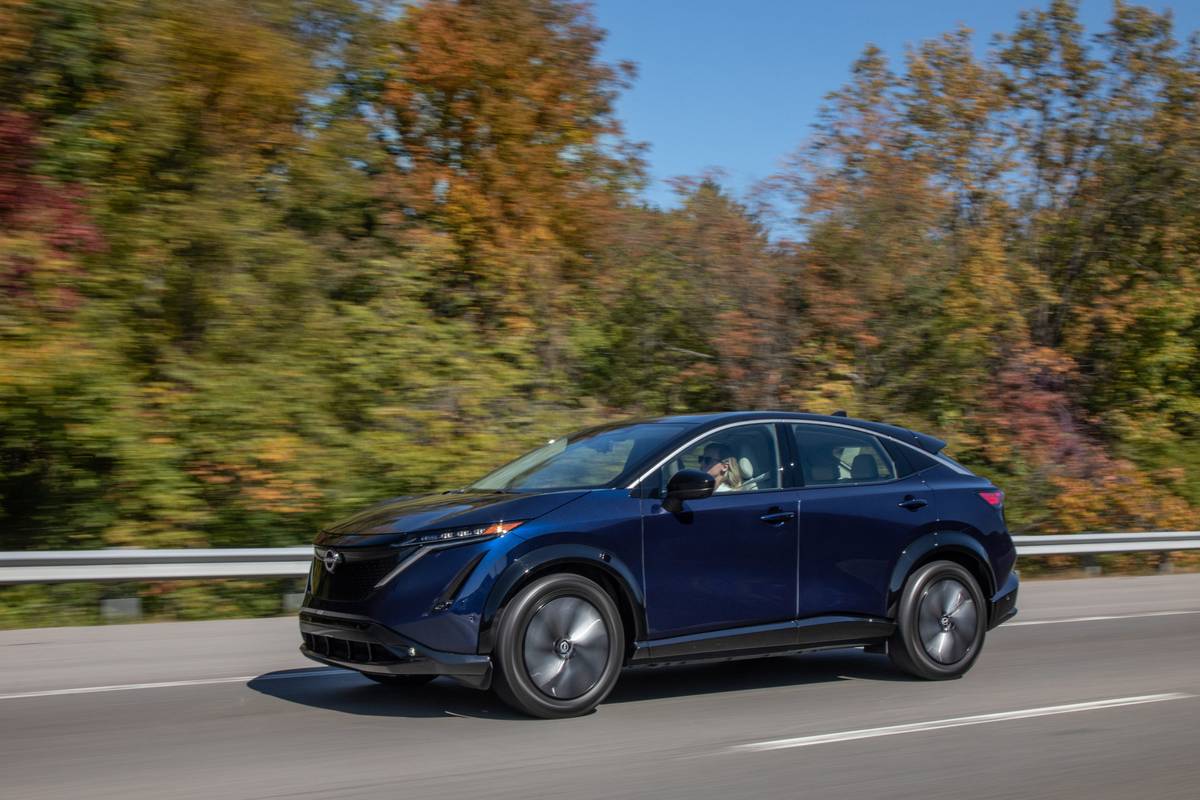

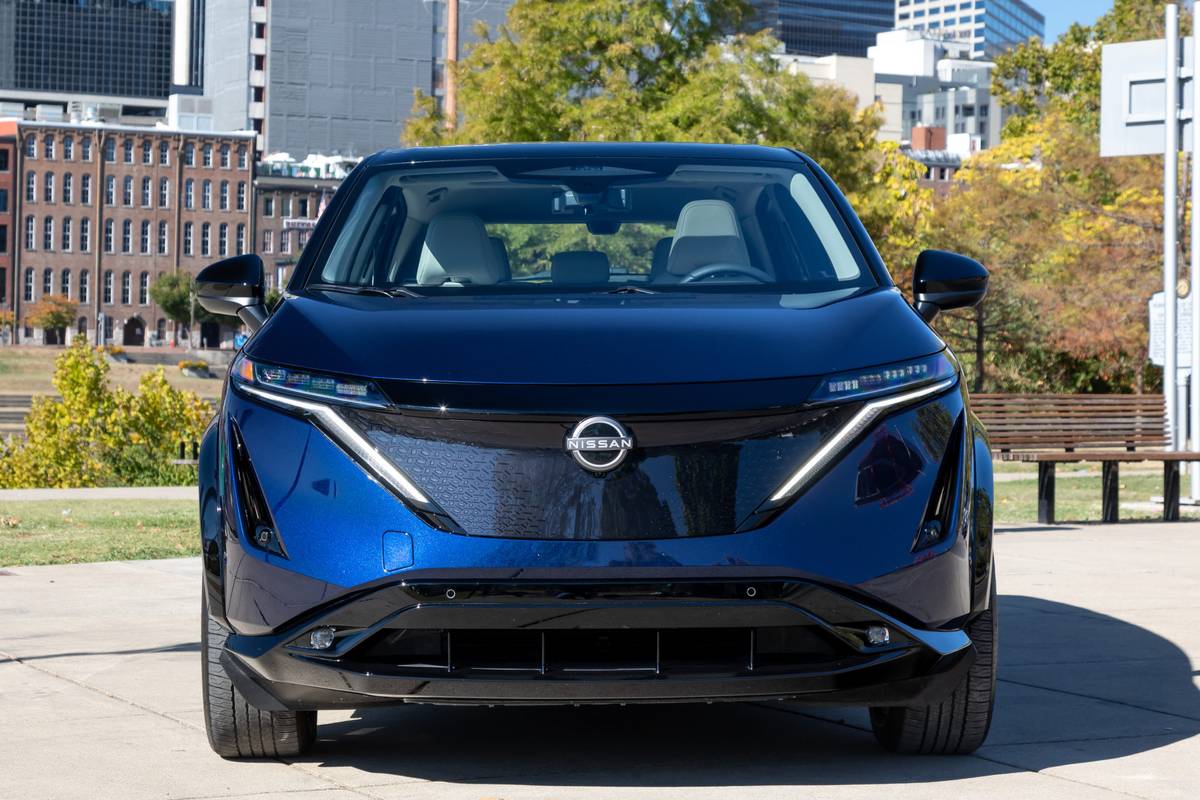

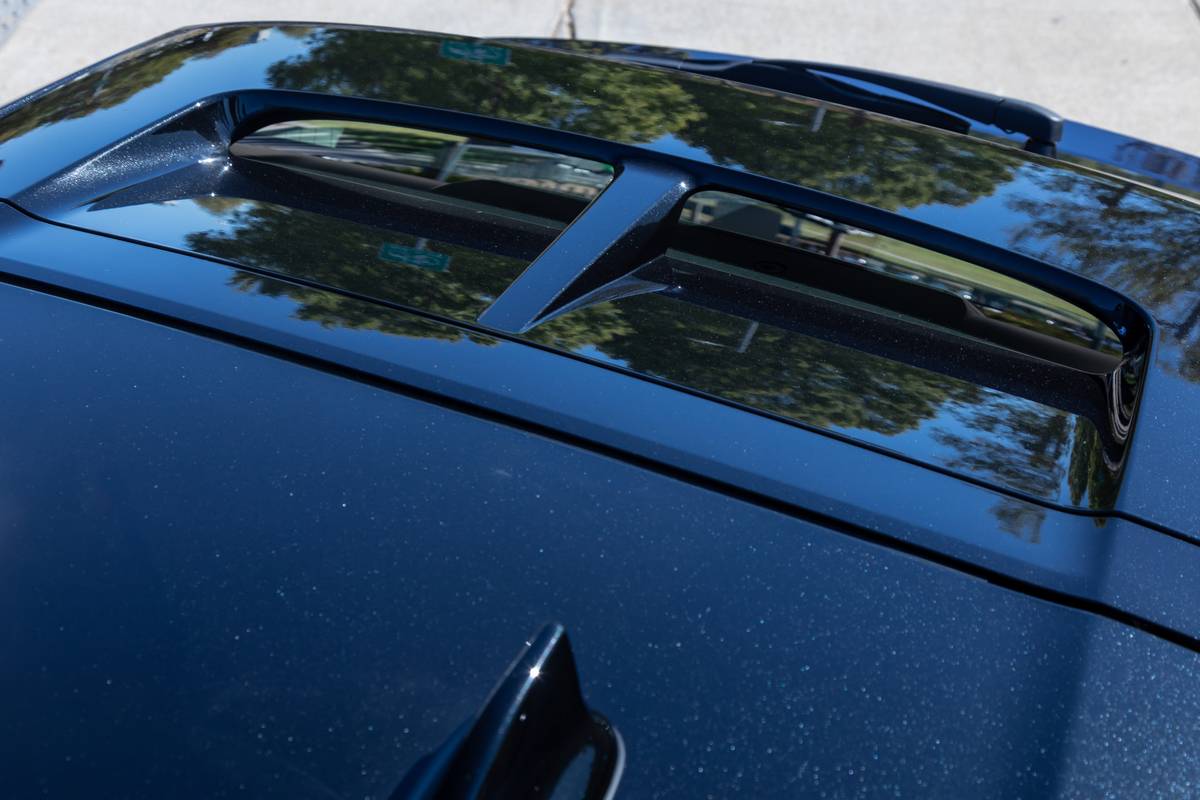
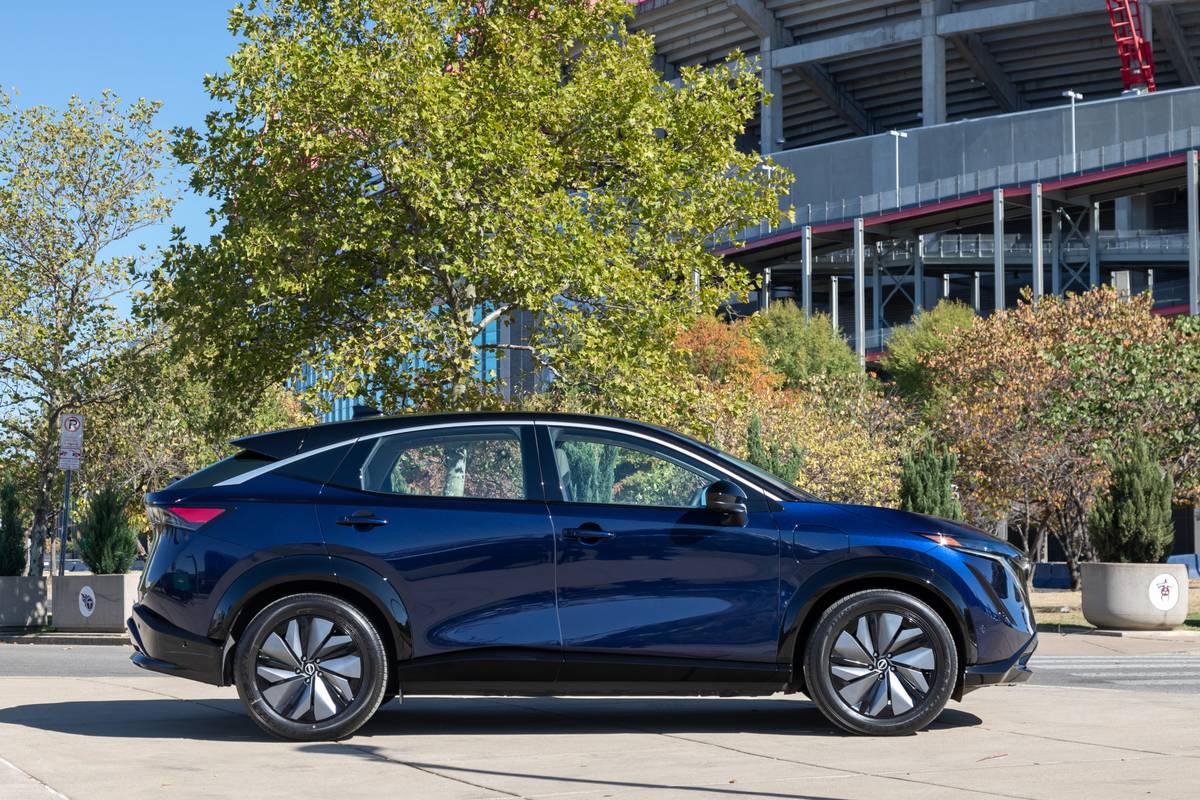


 Latch
Latch
 Infant
Infant
 Rear-facing Convertible
Rear-facing Convertible
 Front-facing Convertible
Front-facing Convertible
 Booster
Booster







